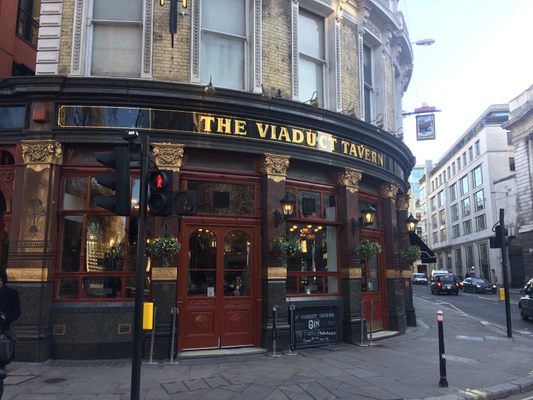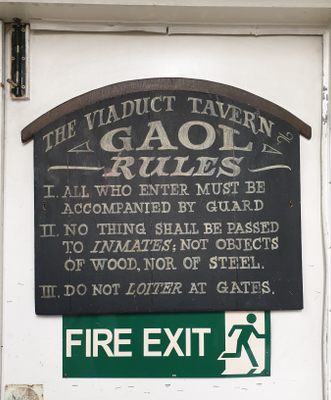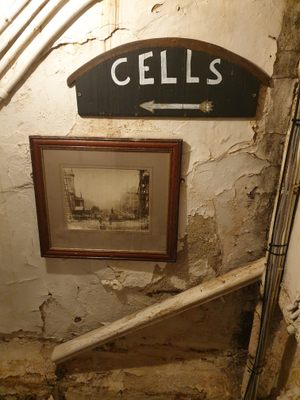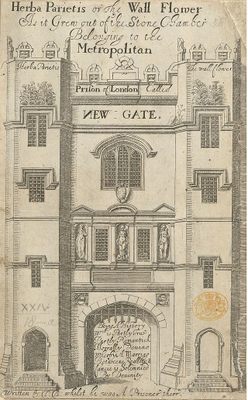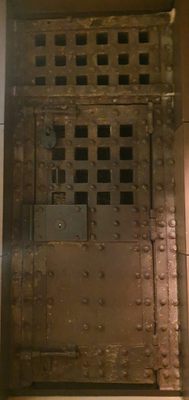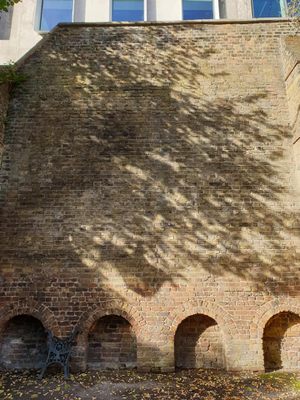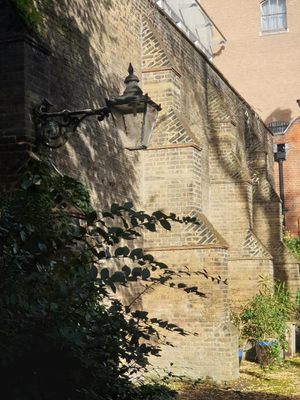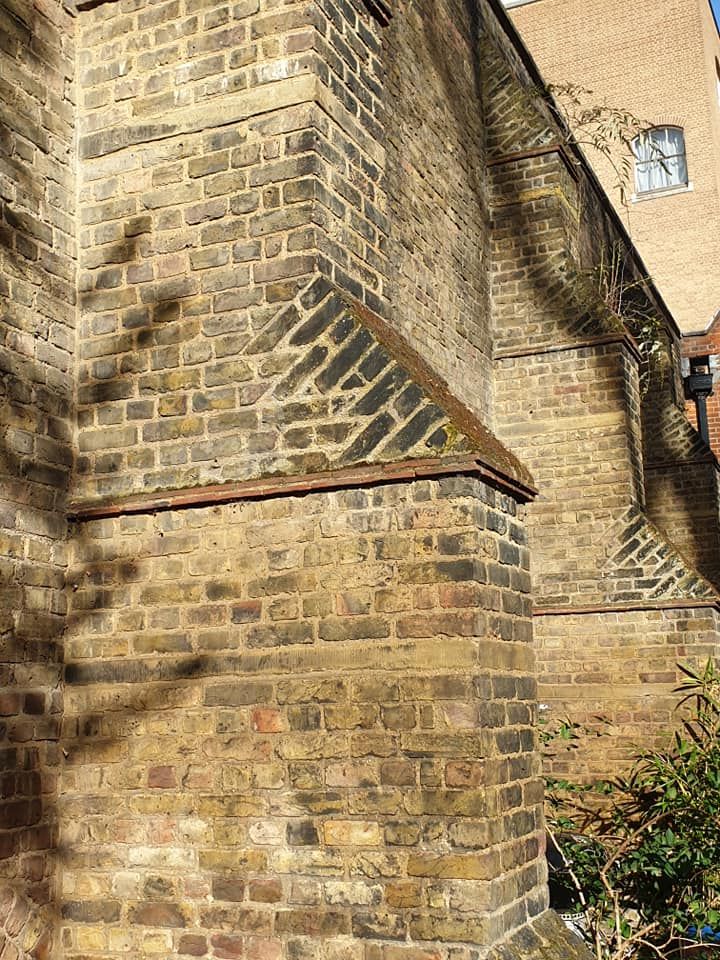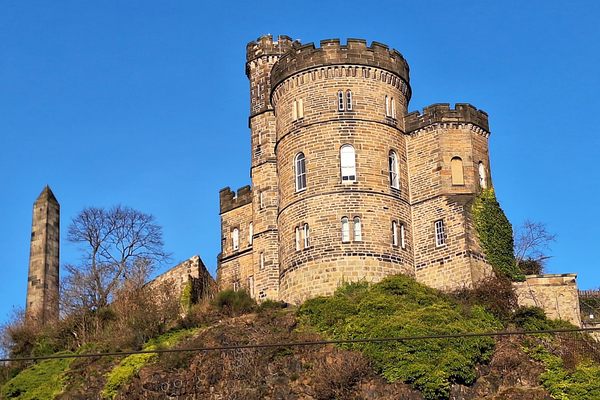About
Of all the names guaranteed to chill the heart of a Londoner, none was as terrifying as Newgate Prison. Located in the original City of London not far from St. Paul’s Cathedral, Newgate incarcerated the capital’s wicked for more than 700 years until it was demolished in 1904.
Today the site of the once-fearsome prison is home to the Old Bailey, London’s principal Central Criminal Court, with nothing to remind passersby of the infamous old prison other than a simple plaque on the Court wall. Located nearby, on a residential cul-de-sac Amen Court, are the remains of the Eastern Wall. Across the street, hidden in the depths of an old Victorian gin palace lie what's rumored to be the last remnants of the old jail cells.
Newgate’s construction was ordered as far back as 1188 by King Henry II. Over the centuries it held every kind of criminal, from thieves to highwaymen, to cutthroats and murderers. In 1783, Newgate grew in notoriety when London’s gallows were moved from the Tyburn Tree, in the west of the city to the prison. Until May 26, 1868, it was possible for the public to watch the executions, with the best views sold for a premium. Over the centuries, the prison underwent numerous structural changes from its original cellblock within the old medieval City walls, but by the 1770s, it was said to resemble a “massive monolith of windowless brick.”
Among the common criminals of London, many notable ne’er-do-wells spent time here at His or Her Majesty's Pleasure. William Penn, founder of Pennsylvania was detained in contempt of court for allegedly refusing to remove his hat during a trial for being a Quaker, while Daniel Defoe was imprisoned for writing anti-church pamphlets in 1702. Giacomo Casanova was withheld for accused bigamy, and notorious pirate Captain Kidd was sent to the gallows from here. Other noteworthy inmates include the Scottish outlaw turned folk hero Rob Roy, and English poet and playwright Ben Johnson.
Across the street from such salubrious confines is the elegant Viaduct Tavern. Originally built as a drinking den for the labourers working on the nearby viaduct bridge, it was transformed into one of London’s finest gin palaces in 1869. Glittering vast mirrored murals depicting the statues of Commerce, Agriculture, Science and Fine Arts were carved onto the Holborn Viaduct. Still today, drinking patrons can see at the back of the bar, an elaborately carved booth, where the landlady would sell gin tokens to customers.
But downstairs, past cellars filled with beer barrels, you'll find what's believed to be some of the former Newgate jail cells. Dark and damp with rusted iron bars, the cramped rooms certainly have the air of a centuries-old dungeon. It is said that there was once a tunnel that connected these cells with the main prison across Newgate Street. Whether this is true or a story passed down by locals over the year is unclear. It does seem likely though that the Viaduct had strong links with Newgate Prison, and was built on the site of an old debtor’s prison called the Giltspur Compter.
There are other rumors surrounding the Viaduct Tavern, such as an opium den being installed on the floor above the pub, and a brothel in the upper floors. Perhaps the real story of the mysterious, chilling cells in the basement of the pub will never be known. Regardless, a visit to the Viaduct Tavern offers the opportunity to enjoy one of the few remaining, authentic Victorian gin palaces in London.
Related Tags
Know Before You Go
Visits to the basement cellars are possible if you partake in a friendly chat with one of the bar staff. The pub is closed on Sundays and doesn't open until noon on other days.
Published
January 31, 2017

